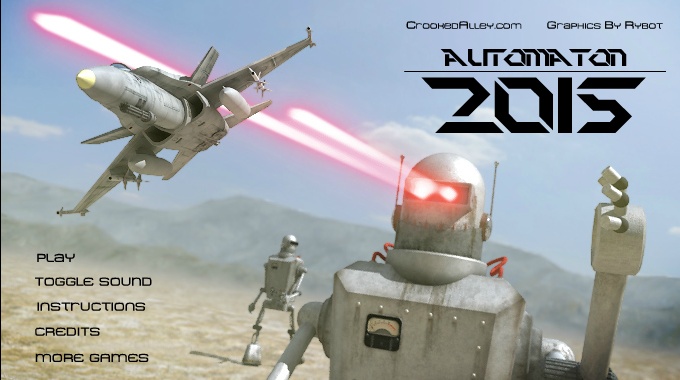

In this case the agent is a passive observer of the behavior of the system without interacting with it.Īutomata Game: It is a game in which the players’ strategies are rules of behavior encapsulated in an automaton that describes how the agent behaves in each state and how he reacts to changes in his environment. Passive Learning: It is the process used by an agent to learn the automaton representing the behavior of a different system when he has no control over the inputs supplied to an automaton. There are two types of inference processes, active and passive learning, depending on how much control the player has on the inputs to the system (or opponent) he is observing.

Automata learning includes the observation of the inputs and outputs produced by a given system and, from these data, the estimation of the states in the automaton and respective behavioral and transition functions. Key Terms in this ChapterĪutomaton: It is a decision rule, or a strategy, consisting of a finite set of states, a transition function (that defines the rules of transition between states) and a behavioral function (defining an agent’s behavior in each state of the automaton).Īutomata Inference: The player attempts to learn the automata that can better describe the rules of behavior used by the process he interacts with or employed by a given opponent or set of opponents. 1), whereas the positive theory describes how agents actually decide, as this line of research tries to understand how people and institutions behave (e.g., Samuelson, 1997, p. It corresponds to a switch from a “normative theory” to a “positive theory.” The normative theory prescribes what each player in a game should do in order to promote his interests optimally (von Neumann & Morgenstern, 1953 van Damme, 1991, p. This methodological jump from perfect-rationality to bounded rationality has theoretical and philosophical implications. Therefore, in order to model complex games, possibly with multiple equilibria, computer models which incorporate boundedly rational players are used as a mechanism for inductive equilibrium selection, and to test the validity of the perfect-rationality predictions. Furthermore, rationalizable strategies may be too demanding as they assume common knowledge of rationality. However, the problem with equilibria selection still exists as different refinements select different equilibria. This is called the rationalizability criterion (Bernheim, 1984 Pearce, 1984). Second, choices in information sets not in the equilibrium path must be optimal choices (in order to avoid non-credible threats). First, a player does not choose dominated strategies (Fudenberg & Tirole, 1991, p. A first attempt from the game theory literature to address this issue was to refine the concept of Nash equilibrium by including additional criteria. In this case, empirical studies (e.g., Roth & Erev, 1995) have shown that models of bounded rationality predict better than the Nash equilibrium does how people, organizations and markets behave (at least in the short run). In games with multiple equilibria the Nash equilibrium fails to predict the players’ behaviors. However, it does not explain the process by which decision makers acquire equilibrium beliefs, failing to determine a unique equilibrium solution in many games, and, therefore, failing to predict, or prescribe, rational behavior (e.g., van Huyck et al., 1990 Samuelson, 1997 Fudenberg & Levine, 1998). The Nash equilibrium is a powerful tool for analyzing industries where there are strategic interdependences between players.


The analysis of the behavior of such systems is very often based on the concepts of game theory, such as Nash equilibrium (e.g., Fudenberg & Tirole, 1991). Automata based systems have been used extensively in complex business modeling, for example, to represent Markov systems (e.g., Stewart et al., 1995 Uysal & Dayar, 1998 Gusak et al., 2003 Fuh & Yeh, 2001 Sbeity et al., 2008), in the development of classification systems (Gérard et al., 2005), in the analysis of commuters behavior (van Ackere & Larsen, 2004), to design electricity markets (Bunn & Oliveira, 2007, 2008), in the planning of real-options (Oliveira, 2010a), to study human-computer interaction (Gmytrasiewicz & Lisetti, 2002 Altuntas et al., 2007 Kim et al., 2010 Muller et al., 2013), to represent the relationship between emotions and reason (Oliveira, 2010c), in devising product differentiation strategies (Oliveira, 2010b), and in forecasting and production control (Liu et al., 2011).


 0 kommentar(er)
0 kommentar(er)
